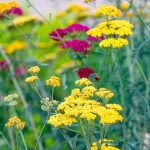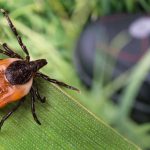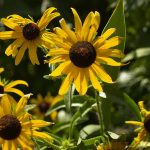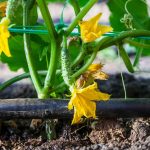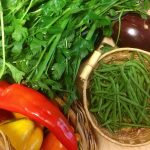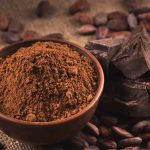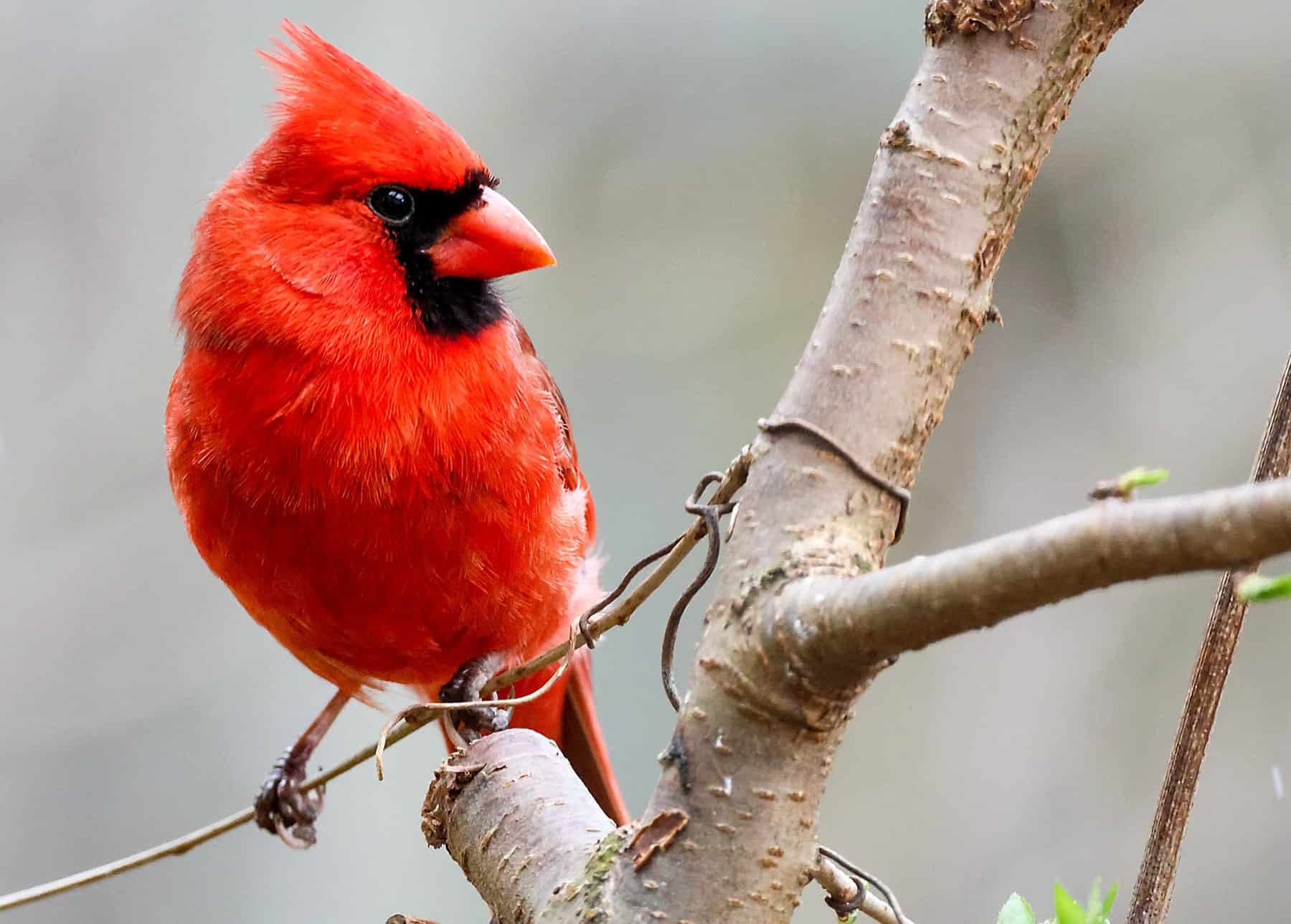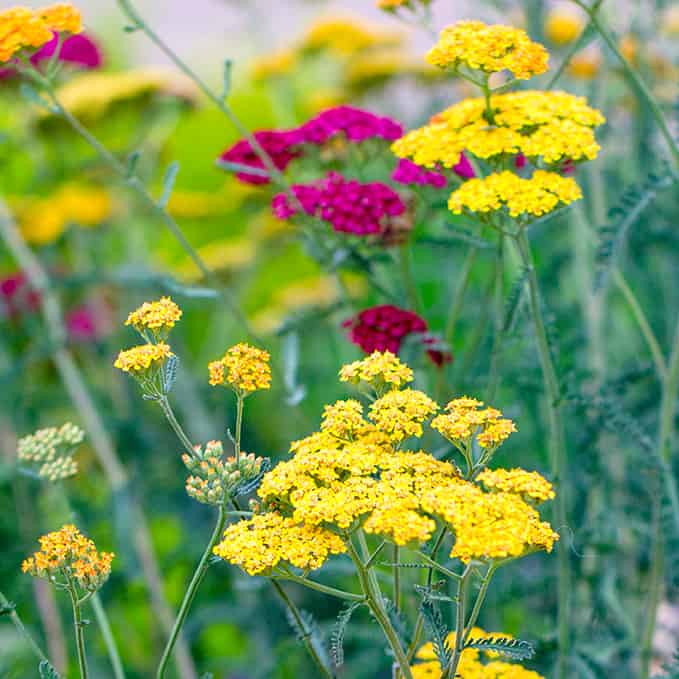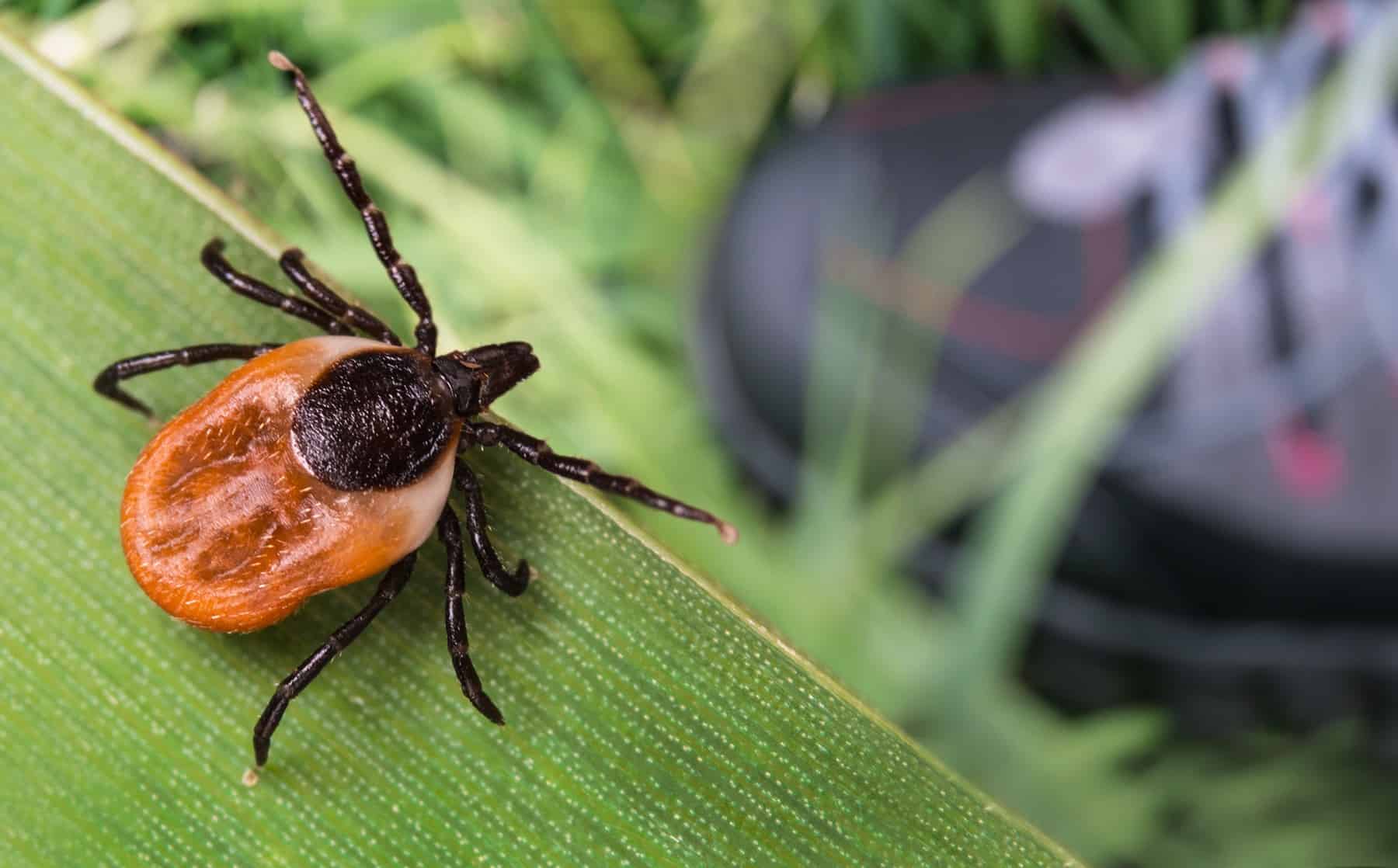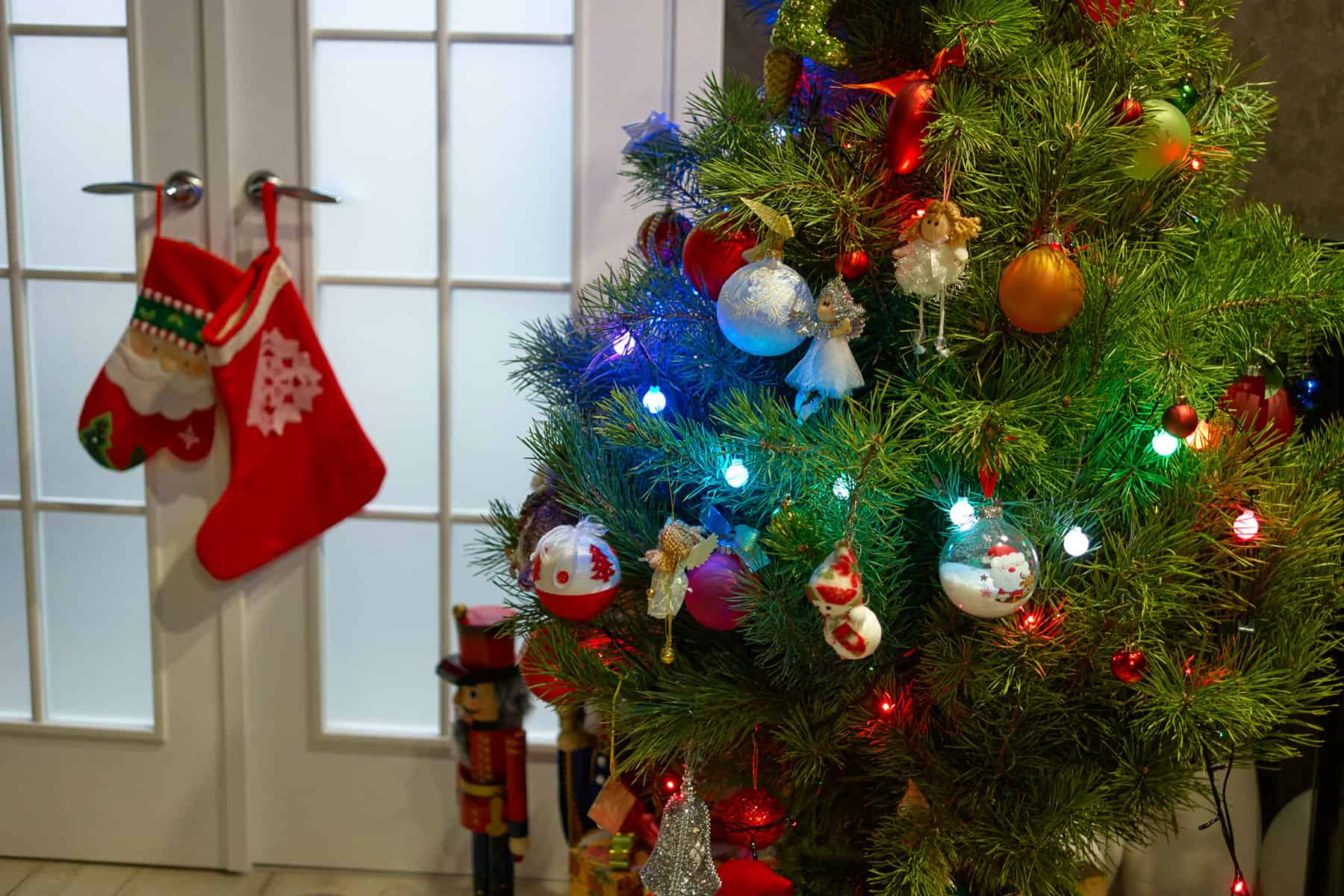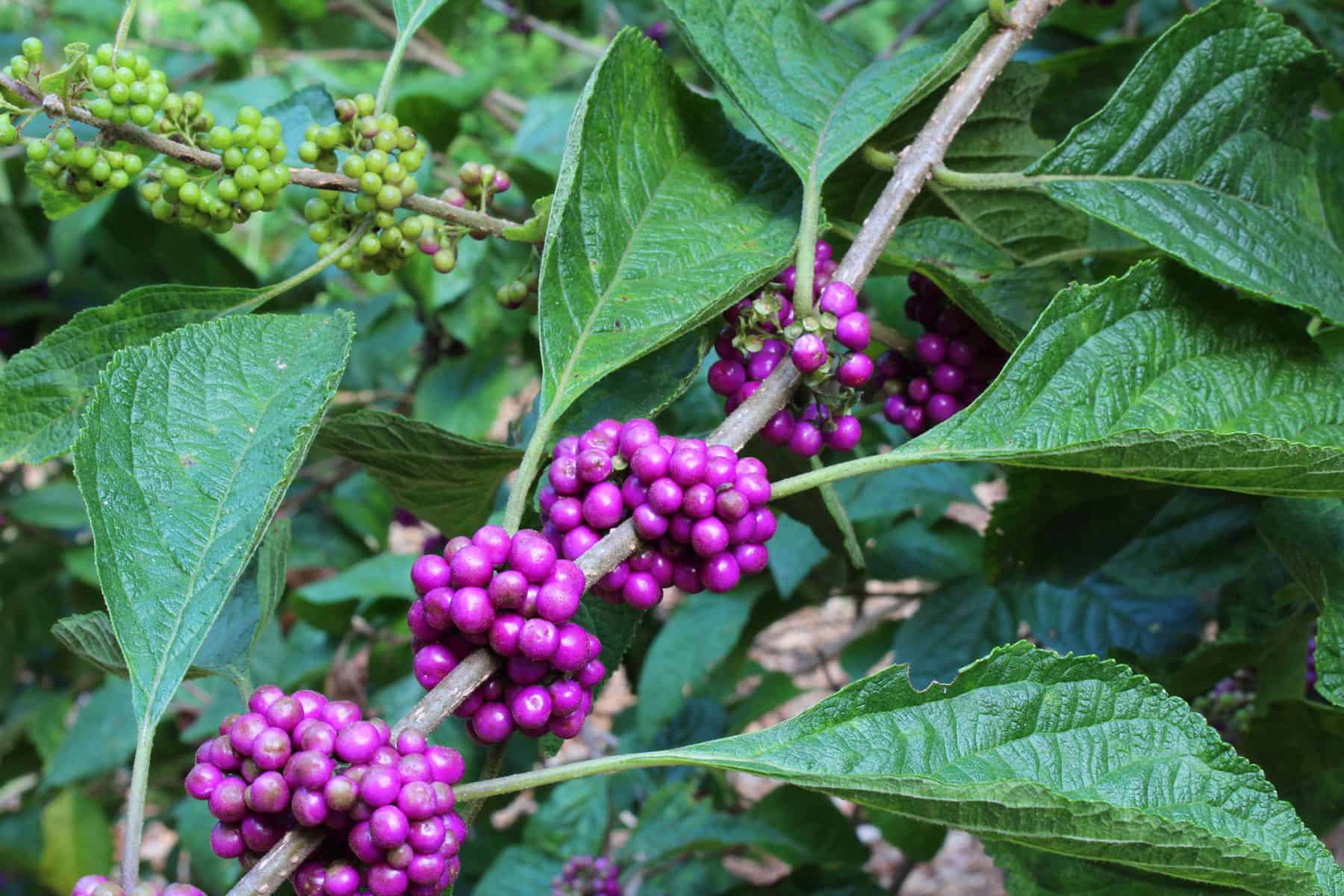[ad_1]
By Customer Creator Anna Champagne.
The birds everyone knows and love are in problem and wish our help to survive. Based mostly on a contemporary look at of 529 fowl species carried out by a world crew of scientists from seven evaluation institutions, nearly 3 billion birds within the USA and Canada have vanished since 1970. That’s an absence of one-third of the birds in these two nations in merely 50 years.
Better than 90% are the birds we’re used to seeing in our backyards. For example, now we’ve misplaced nearly 25% of the Blue Jays, 50% of the Baltimore Orioles, 70% of the Pink-winged Blackbirds, and 80% of the Tune Sparrows.
These numbers are horrible, nonetheless everyone knows from experience that we’ll ship once more fowl populations after we attempt. We’ve executed it with waterfowl, raptors, and gamebirds throughout the last 50 years by using centered conservation efforts and decreasing and eliminating harmful pesticides.
Now, the songbirds need our help. The songbird inhabitants is declining because of birds are dropping the habitats they need to survive. It’s a draw back every gardener can help clear up. Restoring native crops, providing meals and entry to latest water sources, and creating nesting web sites will create a bird-friendly habitat in your yard and offers birds a spot to dwell, eat, rest, and nest.
One of the simplest ways to Restore Native Crops
The distinctive ornamental crops most nurseries promote lately are good to check out, nonetheless they’re creating an unlimited draw back for the birds that rely upon native crops for survival. Native crops, which are crops that occur naturally in a given space, current cowl and vital meals for lots of forms of wildlife, significantly birds. Non-native crops, alternatively, are launched to a space and do not on a regular basis current the meals and nesting web sites that birds need.
A major occasion of this can be seen in two modern panorama bushes provided in North America. One among many elementary sources of meals for lots of birds are caterpillars. The native oak helps as many as 500 species of caterpillars, whereas the non-native ginkgo helps solely 5 species of caterpillars. Birds, much like chickadees that need about 6,000 caterpillars to feed a single brood of infants, can rely upon the native oak for meals extra of they’re going to rely upon the ginkgo.
Native crops are moreover helpful to individuals and the setting because of they require a lot much less watering, fertilizer, and pesticides than non-native crops. In case you’re contemplating restoring native crops to your panorama, you may start by determining the bushes, shrubs, flowers, and grasses in your yard. Determine what’s native and non-native to your house (see belongings below). Then, ponder altering invasive non-native crops (that are prone to take over the panorama) with native crops that enchantment to native bugs, help pollinators, and provide seeds and nuts that birds can eat.
The cooperative extension service in your state can help you identify native and non-native crops in your house. You might as properly uncover many belongings on-line. For example, the Nationwide Wildlife Federation site offers an area plant finder, and the Nationwide Audubon Society offers an web native plant database (see below). Every can help you discover bushes, shrubs, and flowers that revenue birds, bees, butterflies, and completely different wildlife.
One of the simplest ways to Current Meals in Every Season For Birds
Most birds rely upon pure meals offers, much like bugs, larvae, worms, spiders, plant supplies (flowers, leaves, seeds), nuts, and fruit. Nevertheless there are higher than 100 species of North American birds that complement their meals with meals obtained from fowl feeders. That could be very true throughout the winter when pure meals is often scarce or all through spring and fall migration when birds need additional energy. Some birds moreover rely upon feeders all through the summer time season to meet the requires of hungry nestlings.
You presumably can current fowl meals in every season by planting native bushes, grasses, shrubs, and flowers that help bugs and produce edible seeds, nectar, and fruit. Timber and shrubs that produce autumn and winter berries are moreover helpful for Mockingbirds, Robins, Catbirds, Cardinals, Chickadees, Nuthatches, Woodpeckers, Blue Jays, and completely different birds who eat fruit.
To attract and assist the perfect variety of birds, you might complement native crops with fowl feeders. Feeder stations can mimic the extent the place birds normally eat. Low platform fowl feeders work correctly for flooring birds like mourning doves and sparrows. Hopper and tube fowl feeders work correctly for shrub birds like cardinals and finches. Suet feeders hung extreme off the underside work correctly for tree birds like nuthatches, chickadees, woodpeckers, and some warblers.
When filling feeders, black-oil sunflower seed is an efficient different because of it appeals to quite a lot of birds. Thistle seed is trendy with finches. Safflower seed appeals to cardinals, finches, mourning doves, and chickadees. Millet and cracked corn are properly preferred by many ground-feeding birds. Woodpeckers, nuthatches, and titmice love suet, fruit, and unsalted nuts.
One of the simplest ways to Current Modern Water For Birds
Providing a dependable present of latest, clear water is doubtless one of many largest points you’ll be able to do to help birds. Birds need water to drink and bathe (dirty feathers make flight powerful). You presumably can current this with yard ponds, fountains, and birdbaths.
Pond areas should be shallow and have a gently sloping monetary establishment or well-placed rocks, branches, and completely different objects that birds can use as perches or ladders to easily get in and out of the water. Fountains should have a lip or edge that birds can perch on.
Like ponds, birdbaths should even be shallow; one to three inches of water is larger than ample, significantly for small birds who can drown if the water is simply too deep. Water should even be modified and replenished every few days. The ground of the birdbath should even be cleaned recurrently, considerably if inexperienced algae begin to sort.
One of the simplest ways to Create Nesting Web sites
Throughout the Nineteen Seventies, concerned birdwatchers and citizen scientists labored collectively to create a path of nesting packing containers for Jap Bluebirds, which had been on the verge of extinction after 90 % of the inhabitants was misplaced as a consequence of a shortage of nesting cavities. The Jap Bluebird inhabitants is now considered regular as a result of their efforts.
The an identical might be executed for various songbirds. Timber, shrubs, dense foliage, and tall grasses current nesting web sites the place birds can enhance their youthful. In case you don’t have space for these selections, or if you wish to help the cavity-nesting birds (like Jap Bluebirds, Tree Swallows, Purple Martins, and so forth.), you presumably can arrange nest packing containers in your yard habitat.
Uncover out which birds are vulnerable to nest in your house and what kind of nest subject they require. Then, evaluation the right place to place in a nest subject and probably the greatest methods to protect it from local weather and potential predators.
Customer Creator Bio: Anna Parks is an outside writer, photographer, gardener, and birder from Maryland. She is a member of the Cornell Lab of Ornithology, Maryland Ornithological Society, New Jersey Audubon, Geese Limitless, and Nature Conservancy. She enjoys writing about birding, conservation, journey, gardening, and all points exterior. You presumably can study further about her at Champagne Out of doors.
Sources:
1.) Science (Referenced look at printed throughout the “Science” journal from the American Affiliation for the
Growth of Science):
2.) Cornell Lab of Ornithology (Convey Birds Once more)
3.) Cornell Lab of Ornithology (Info: 1 in 4 Birds Gone)
4.) NY Audubon (Hen Habitat Necessities)
5.) Nationwide Audubon Society (Why Native Crops Matter)
6.) Nationwide Wildlife Federation (Native Plant Finder)
7.) Nationwide Audubon Society (Native Crops Database)
8.) Nationwide Audubon Society (Audubon Info to Hen Feeding):
9.) Fairfax County (Jap Bluebird Conservation)
10.) Cornell Lab of Ornithology (NestWatch)
[ad_2]
